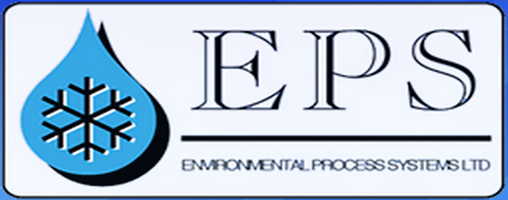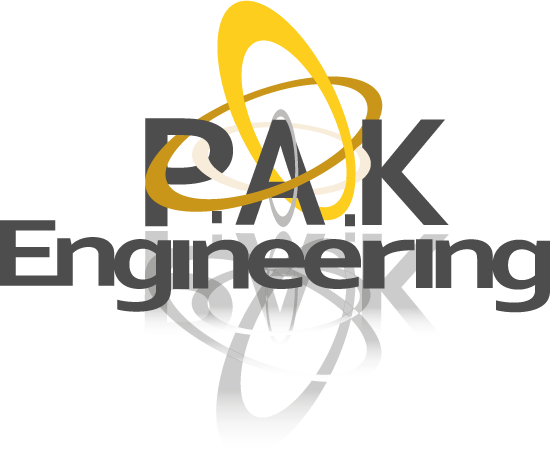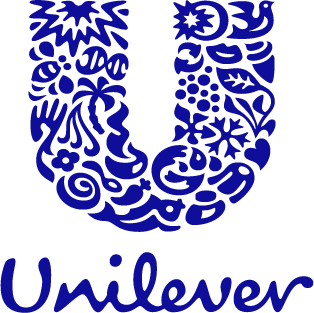Project Summary
This project aims to develop, optimize, and manufacture a Environmentally Cost Saving Efficient and Hygienic Humidity and Temperature Control System for Safe Storage of Meat and Poultry Products
The project aims to design/optimise and construct a small scale (5kW electricity power/3kW cooling) prototype Ice Heat Pump suitable for sustainable heating/cooling at reduced cost for the food and drink storage and distribution warehouse/storage room. Through the utilisation of Ice heat pump ice production technology, the proposed system will harness heat from ambient air, water vapour/steam under low temperatures to solidify and release a large amount of latent heat. The heat is converted to mechanical work through the expander to offset compression work, thereby improving the COP of the heat pump for heat/coolth production, while reducing the cost of production. The project provides an opportunity for UK industries to pioneer the development of new Ice Heat pump technology. This will lead to a commercial product which strengthens UK competitiveness and growth of SME companies.
The project offers new business, market and job opportunities across a wide range of manufacturing/energy/food industries in the UK/worldwide. It will deliver a sustainable environmental and cost-effective solution to significantly reduce energy consumption and CO2 emission. The project will contribute to UK excellence in terms of addressing energy/carbon savings and improving the quality of life of its citizens. It will strengthen the UK by building stronger collaboration between industry and academic institutions with special complementary skills as well as training of students and young researchers.
Compared with conventional vapour-compression air conditioning systems, the proposed Ice Heat Pump cooling unit has significant advantages: 1) large potential for energy saving and thus carbon dioxide emission reduction because energy intensive compressors are not required; 2) more environmental friendly cooling technology using mix water/air instead of high global warming HFC refrigerants; 3) simpler/low cost design in terms of structure, construction, and control strategies; and 4) direct cooling effect without increasing loss at heat exchanger.
The energy consumption of Ice Heat Pump cooling systems is usually 30-40% that of compression air conditioning system with the same capacity as only a low-power pump and compressors are required to operate the system. The current mainstream refrigerants employed in vapour-compression air conditioning systems are high global warming potential (GWP) HFCs such as R-134a and R-410A. As refrigerant air and water have essentially zero environmental impact. The University of Nottingham has a long record of successful research projects in the field of sustainable cooling systems including the patent: ZHAO, X. and RIFFAT, S. B. (2010) Air conditioning, WO 2010/034994 (patent granted April, 1, 2010).
Work Packages
24 Month Project
Overall project to be led by Geo Green Power with tasks spread amongst 6 work packages over 2 years.
-
1 - 24 Months WP1:
Project Management
A two-level management system will be set up. The project committee will meet every three months to oversee the smooth running of the project agenda. At the work package level, the work package leaders will assume responsibility for the progress of the individual work packages. The project manager will be responsible for prosecution of the proposed system.
-
6 Months WP2:
Computer simulation and optimisation
The mathematical model for each component of the proposed system will be given to form the basis for a computer simulation programme in Matlab, Fortran or EES. Mathematical modelling, computer simulation and performance optimisation of the air compressor unit, expander unit, the water atomising nozzle, and whole system and sizing of the proposed components, the performance of the proposed system will also be compared with other emerging systems.
-
9 Months WP3:
Design, construction and testing of prototype
Based on the simulations and optimisation process in WP2, design, construction and laboratory testing of a small-scale prototype system will be carried out to evaluate the efficiency and reliability of the system.
-
11 Months WP4:
Carry out field trials
Based on the simulations and laboratory testing in WP2 and WP3,
a field trials for the proposed system will be carried out in a typical Unilever warehouse (see picture) under real climatic conditions. We will fully evaluate the performance of the Ice Heat Pump with different kinds of food products including eggs under commercial conditions. In addition to the engineering aspects, we will continually monitor ambient indoor temperature, humidity, and air flow. performance records (egg storage time and temperature, Ice production etc.) will be taken and compared with existing performance. -
4 Months WP5:
Economic and environmental analysis and risk and operability assessment
Based on the outcomes of WP2, WP3 and WP4, detailed technical, economic and environmental assessments of the pilot project will be carried out and safety issues will be investigated. The specifications of the proposed system in relation to the capital cost, running cost, payback period and market acceptance will be evaluated. The proposed system will be evaluated against existing and emerging international standards. A risk assessment of installation and operation of the system will be performed. The energy savings and emissions reduction from the adoption of the new Ice Heat Pump will be analysed based upon a life cycle assessment procedure.
-
6 Months WP6:
Dissemination and exploitation
Dissemination of the project outcomes will be carried out through workshops/seminars/conferences, articles in professional/technical journals, an open day and exhibitions. A dedicated website providing information on the project will also be established. The prototype system will be demonstrated to visitors at the Faculty of Engineering/Department of Biochemistry and Food Sciences.
Project Market
COMMERCIAL APPLICATIONS:
Warehouse Ice Storage, Supermarket Refrigeration/Air Conditioning, Fast Cooling of Food Product Directly (Fish, Meat, Eggs, Vegetable), Fast Cooling of Food Product Indirectly (Milk, Beers, Oil etc.), and Display of Food Product
INDUSTRIAL APPLICATIONS:
Ice Storage, Process Indirect Cooling, Quick Chilling/Freezing, Cold Immersion Baths, Batch Cooling and Process Machinery Cooling









